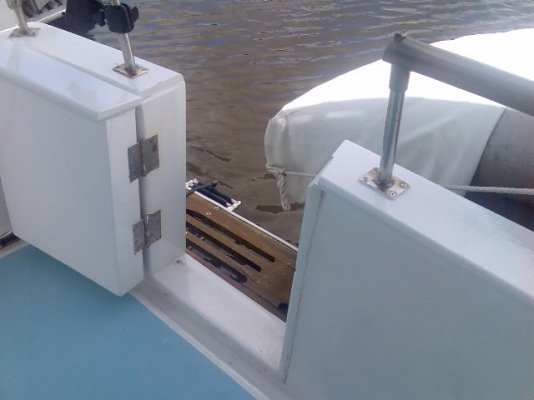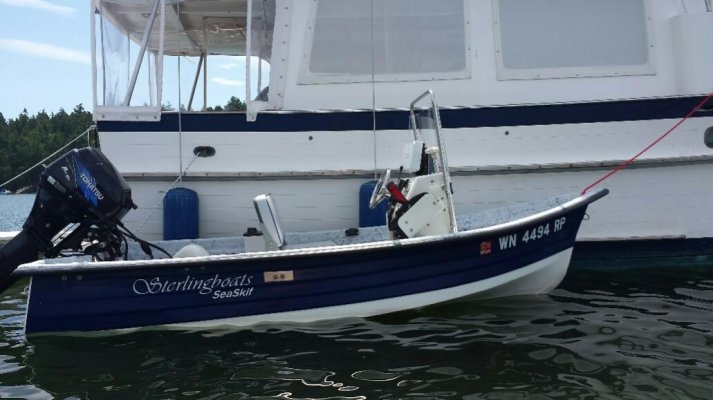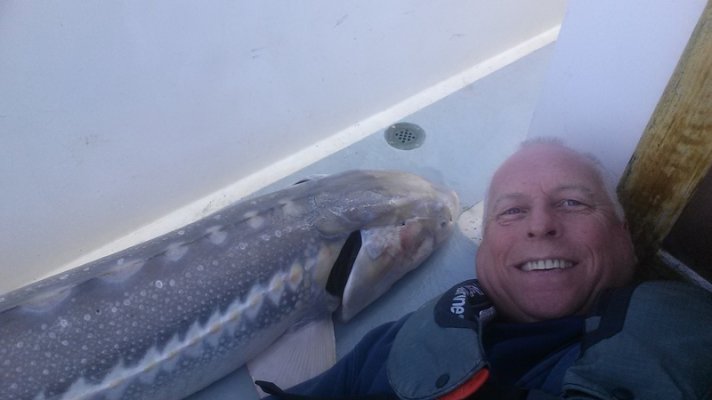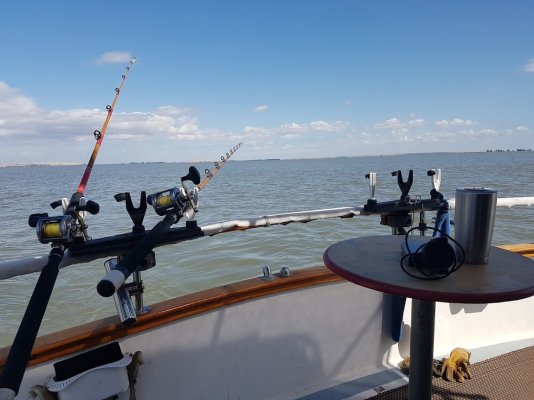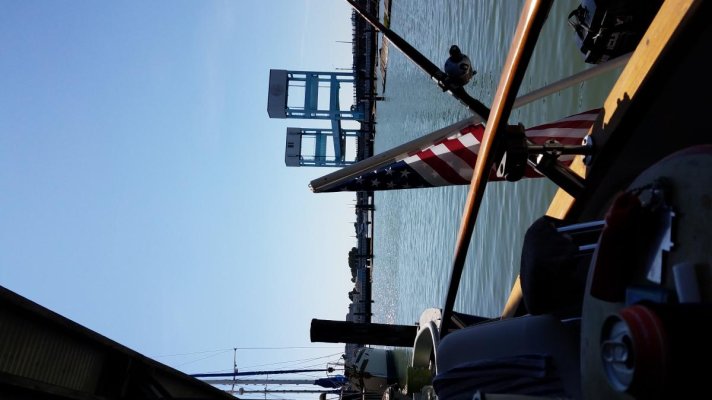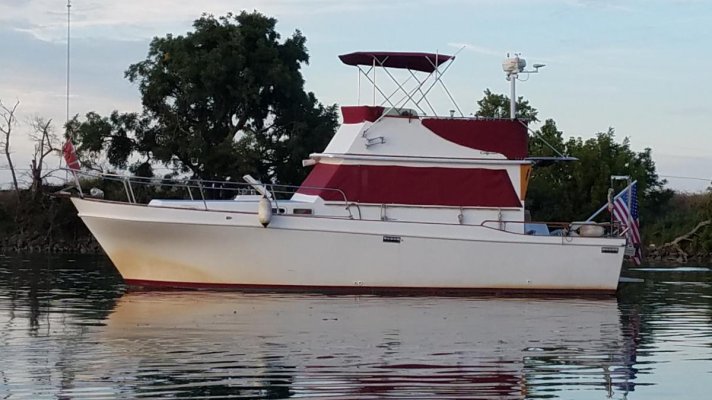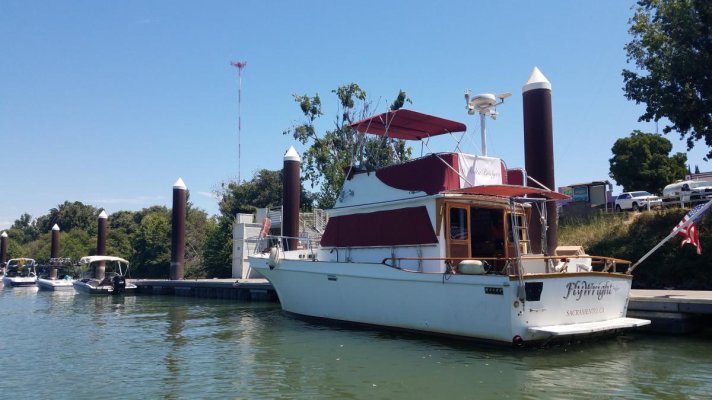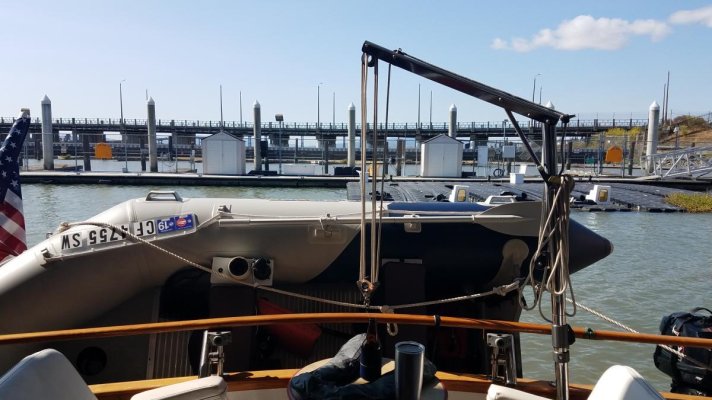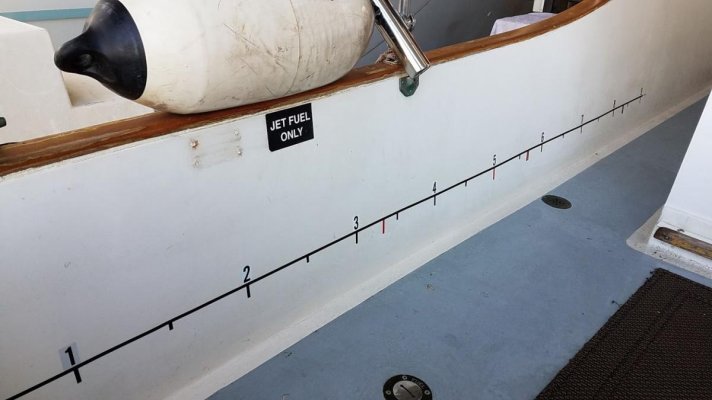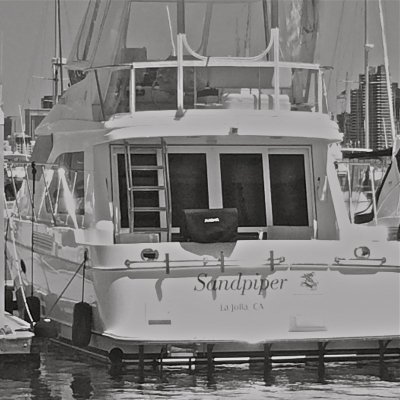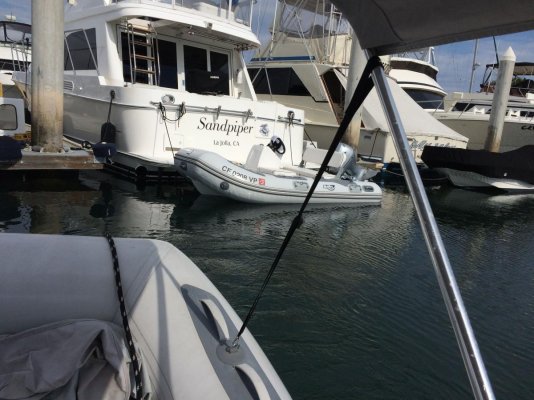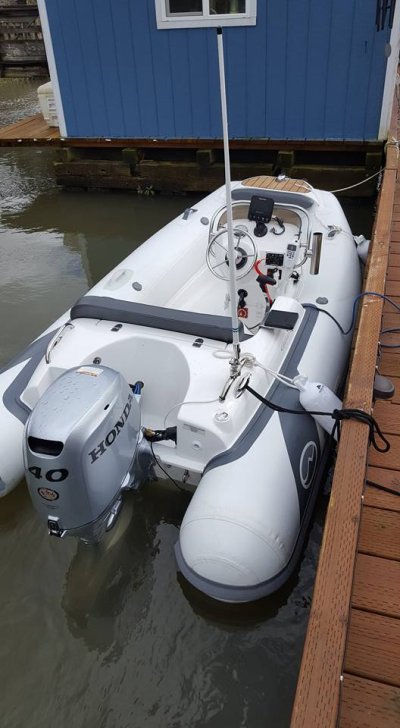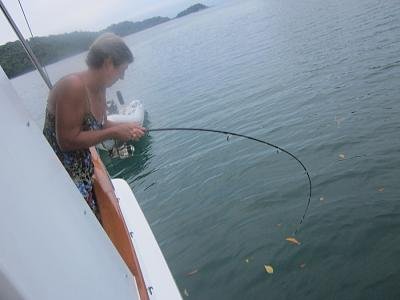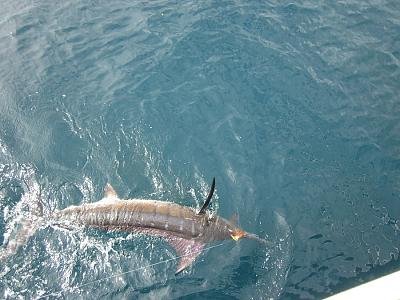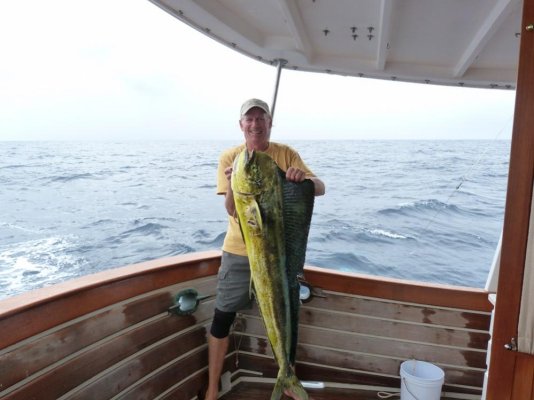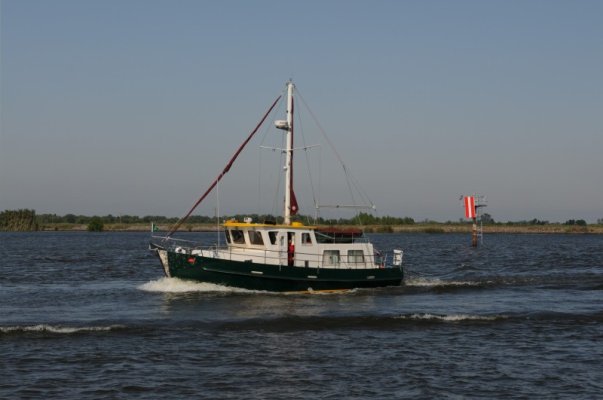Byekurman
Veteran Member
I am used to fishing off of my Pro-Line 23 foot boat. I have recently purchased the Mainship 390 trawler and I am wondering how others typically fish off of this type of boat. I used to be able to troll some by myself but I'm guessing not on this boat. Do most owners of boats this size float fish or anchor? I notice that there are no rod holders on my stern or anywhere else so I assume prior owners probably didn't fish much. Just looking for some ideas or insight as to how others may fish off of their trawler.

